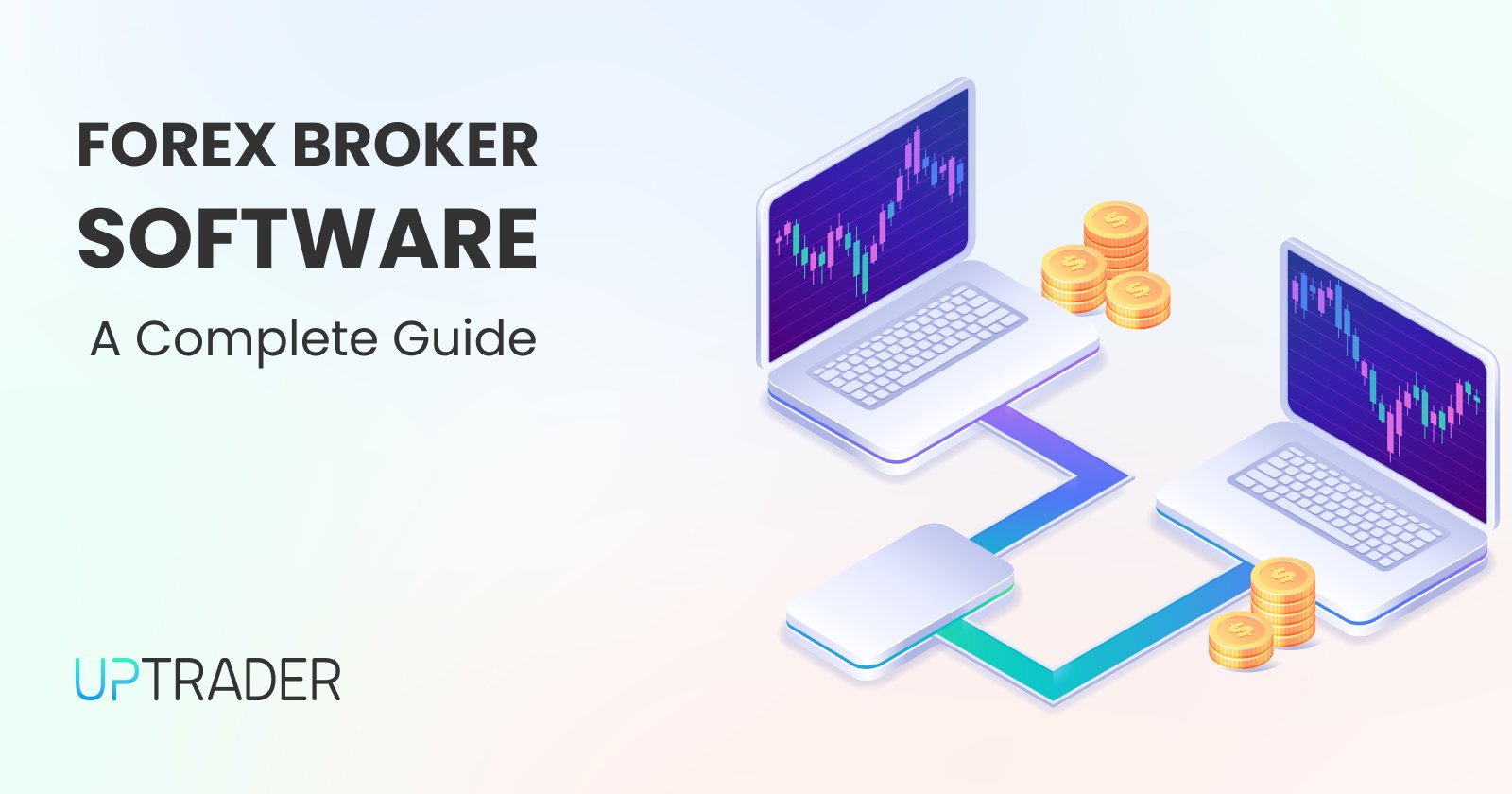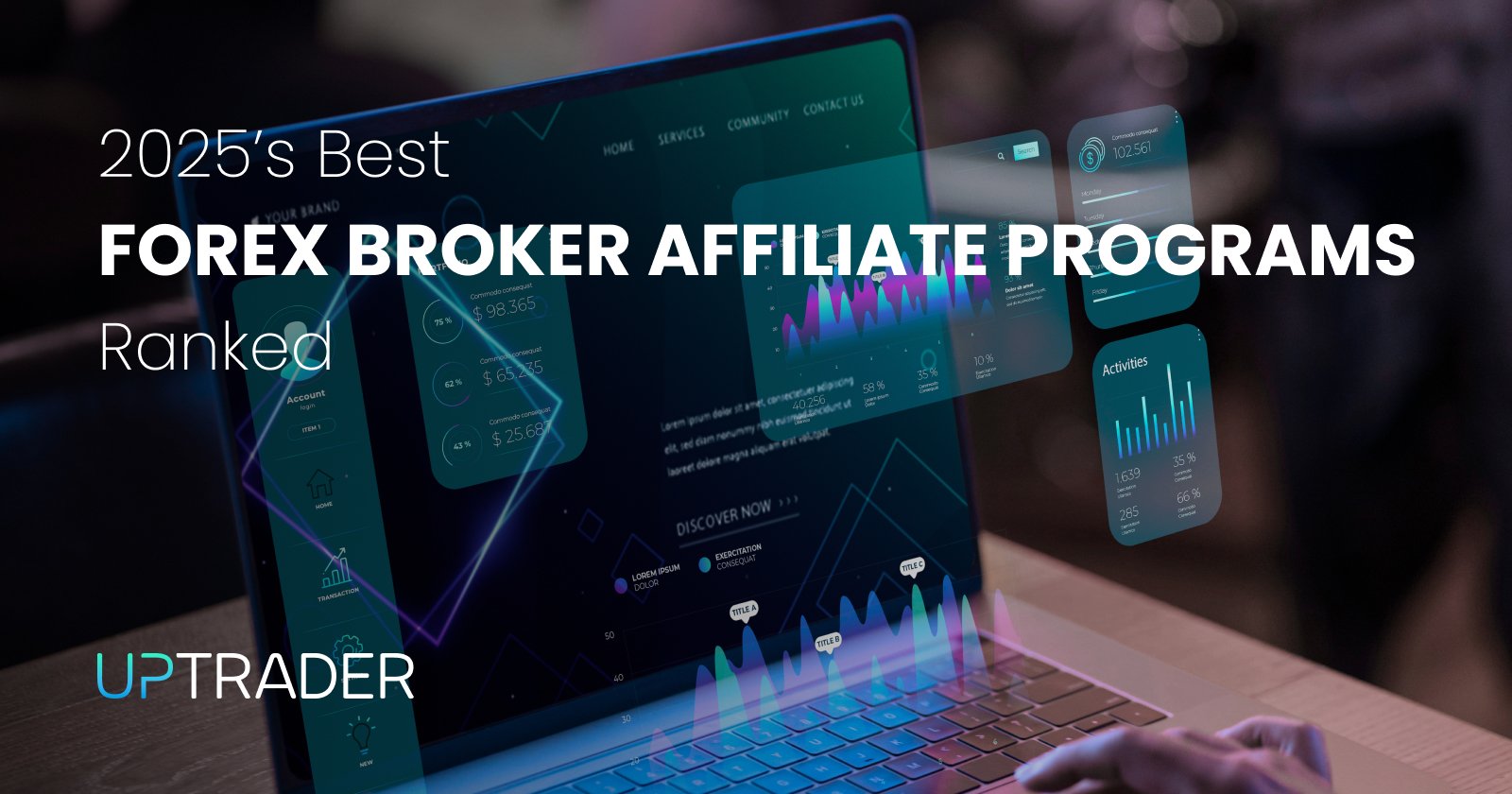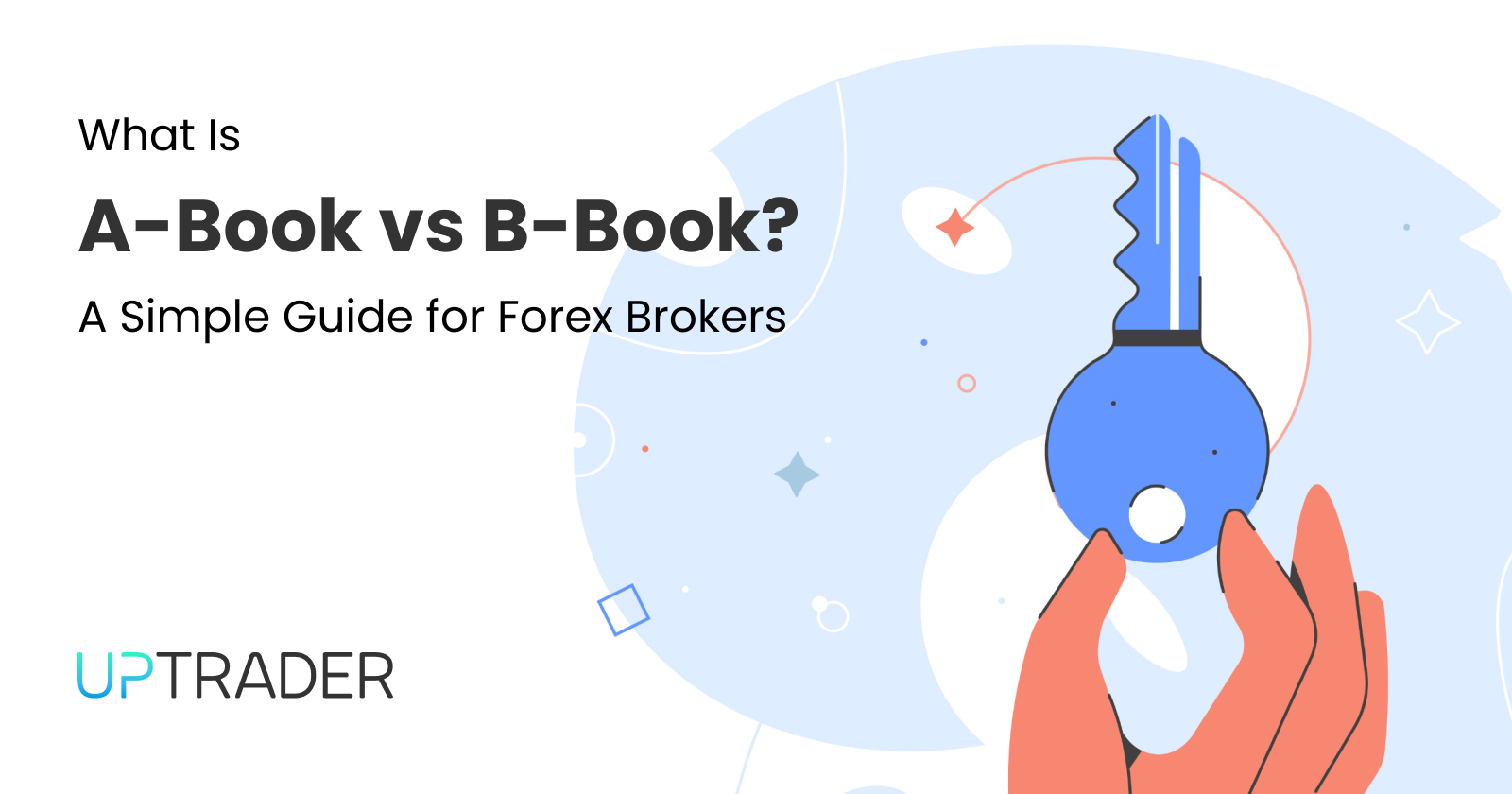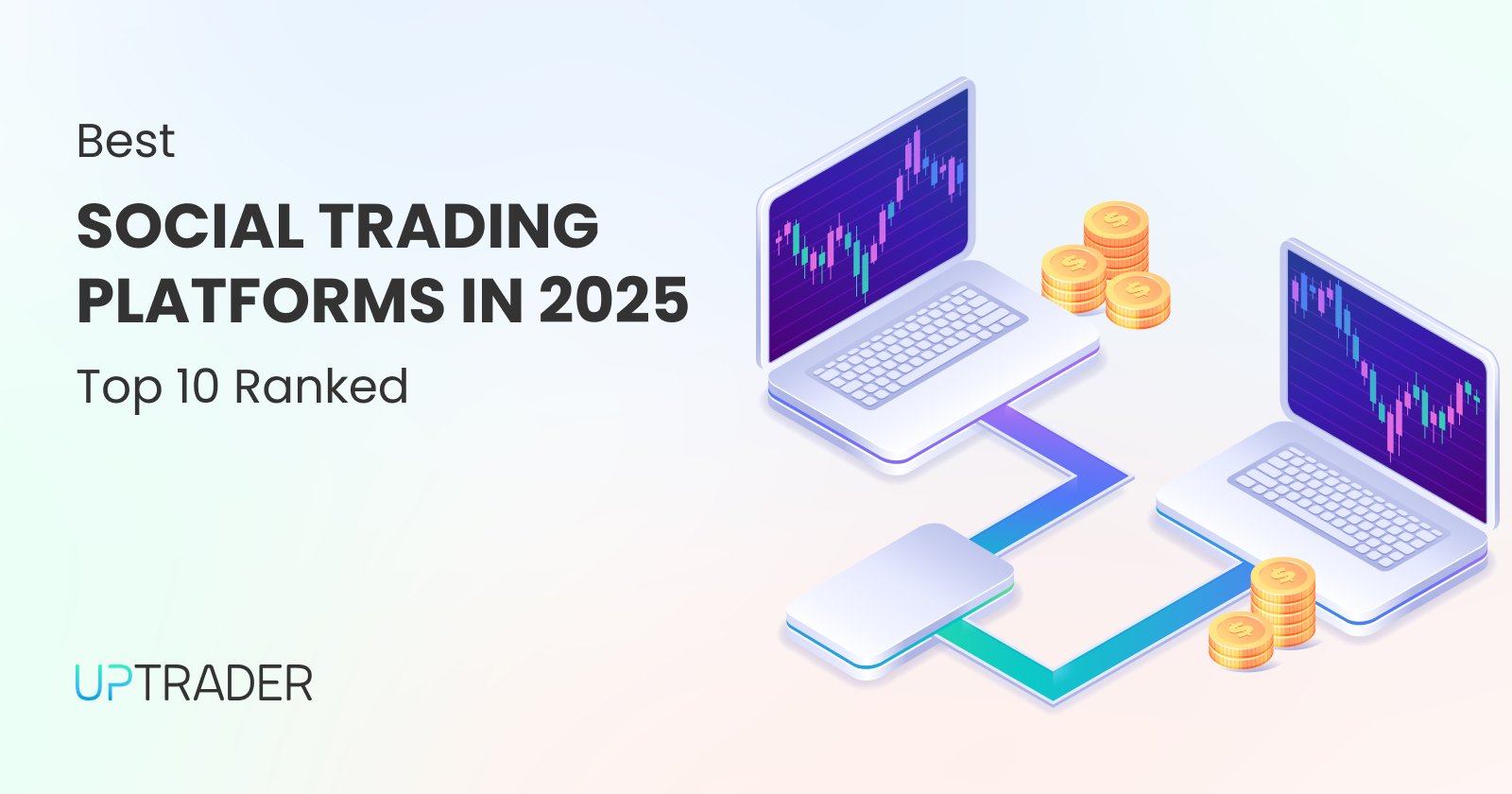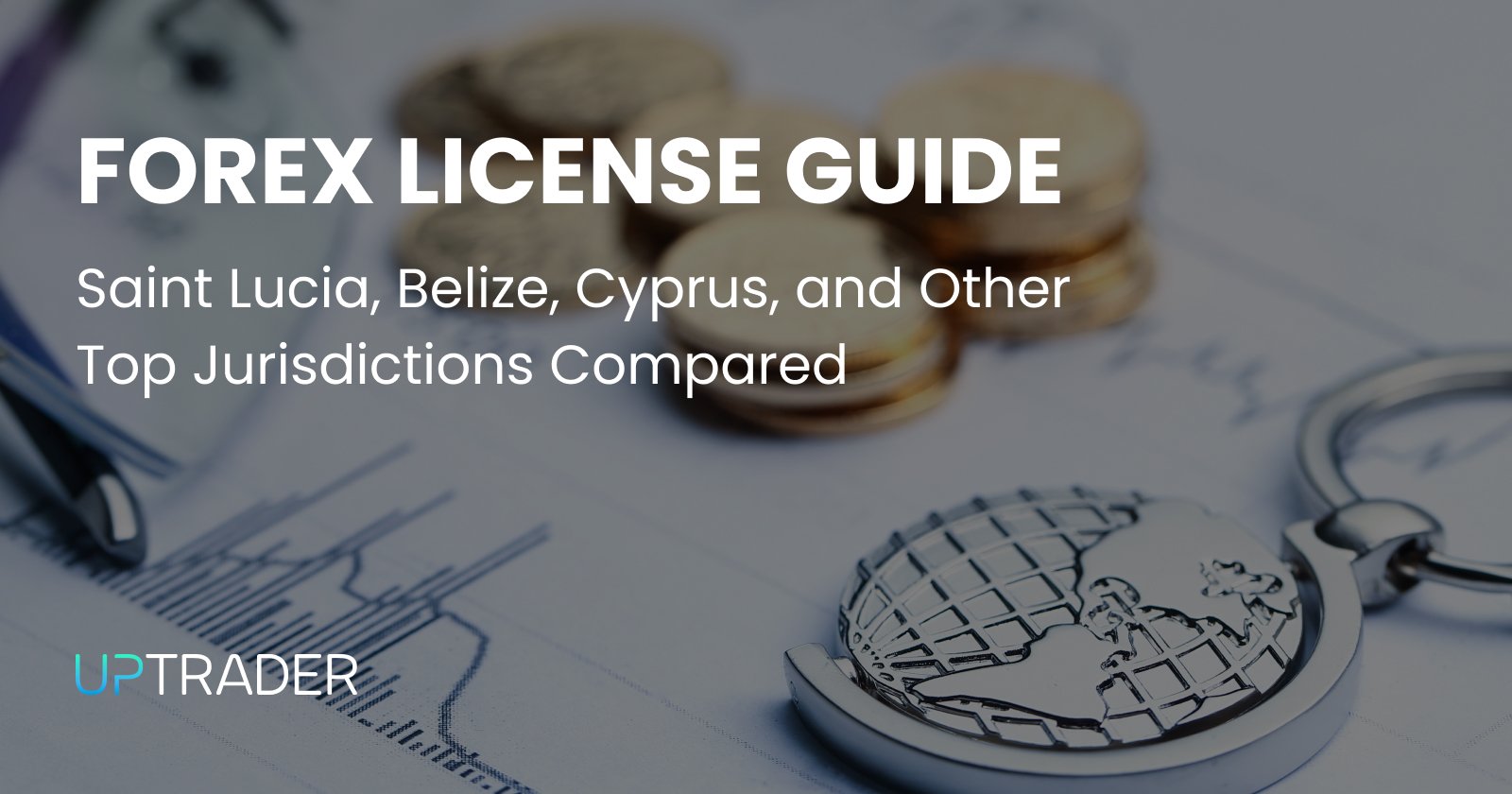
Creating a Winning Forex Broker Marketing Plan for 2025
As we move towards 2025, the forex brokerage industry will be influenced by changing macroeconomic factors, strict regulations, and the evolving expectations of traders. To achieve success in the marketing realm, understanding the specific metrics of market size and its movements is crucial.
All of this is contingent upon strong compliance, data-driven measurement, and optimization.
Forex Broker Marketing Plan
Market Overview for 2025
Brokerages have a vast opportunity to acquire clients since global forex trading volume is above USD 7 trillion per day, marking it one of the largest financial markets across the globe.
The forex brokerage sector alone is expected to extend from USD 4.83 trillion in 2024 to more than USD 7 trillion by 2028, marking a nearly 10 percent compound annual growth rate (CAGR).
Market analysts expect persisting volatility, largely because shifting monetary policies from central banks, geopolitical risks, and other evolving frameworks will sustain the need for agile marketing strategies.
Setting Clear Objectives and KPIs
A SMART marketing plan should have clear and concise measurable goals that are specific, achievable, relevant, and time-bound. For focus and responsibility, KPIs should consist of, but not be limited to, the number of leads, conversion rate of demos to funded accounts, CPA, CLV, and retention, with quarterly milestones set for evaluation. Insights need to be analytical alongside actionable so that teams can adjust mid-campaign.
Targeting a Specific Audience
Personal demographics include region, such as the Asia Pacific EMERAA, the Americas, trader skill level, and the trading style, whether scalping, swing, algorithmic, retail, or institutional. Each requires specific detail in branding and tailored communication. They can be supplied with specific educational materials, advanced tools, and low-latency solutions. Automation CRM solutions allow monitoring of participants, content access, which enhances nurturing and conversion results.
Crafting a Compelling Value Proposition
By the year 2025, sharpening one's focus on differentiating factors will require ultra-low spread offerings, unique trading innovations like AI-driven signals or copy trading, and mobile trading experiences. While trust and transparency need to be overly emphasized to reduce counterparty risks, a regulated status such as FCA, CySEC, or ASIC, segregated client funds, and real-time reporting indicate enhanced security.
Multi-Channel Digital Marketing Strategies
SEO and Content Marketing
Brokers with educational content have unrivaled value; market these as authoritative and optimize website traffic that encounters the content. This enables the broker to gain authority and organic website traffic. Increasing focus on both informational keywords, such as “forex trading strategies,” and transactional terms like “best forex broker 2025” heightens exposure across the funnel. Publish up-to-date quarterly analyses of currencies and markets to maintain relevance and serve as bait for backlinks from financial publishers.
Paid Advertising (SEM and PPC)
AdWords or Google Ads and Bing are controllable for acquiring new leads under high intent keywords like, “open forex demo account.” They clicked on ads but didn’t convert: it’s essential to display retargeting ads on trading forums and financial news sites.Budget allocation should be dynamic, increasing spending on the most cost-effective campaigns and those with the highest CPA and conversion rate.
Social Media Marketing
LinkedIn and Facebook are primary B2C lead-generating platforms; traders looking for real-time updates are attracted to Twitter and Telegram. Short-form video content, including Reels and TikTok, needs to be integrated alongside step-by-step guides on trading and tips.
Email Marketing
Using personalized drip campaigns helps lead conversion through specific touchpoints like e-book downloads or webinar attendance. Newsletters are sent out monthly and include market highlights, product information, and deals to ensure sustained awareness. Each campaign is fine-tuned by A/B testing subject lines, time sent, and CTAs to improve opens and CTRs.
Affiliate Marketing
Strategically building an affiliate network allows an efficient way to acquire diverse, high-quality leads because of the underlying audience partners have. The top stated trends for affiliate marketing in 2024-2025 were compensation driven by program performance, deep links to active funding or demo pages, and seamless tracking through API integrations. To increase participation, affiliates who meet certain volume targets should be set to receive tiered commission structures alongside other bonus incentives for gaining consistent visibility.
Influencer Marketing
Engaging financial influencers on YouTube and Instagram can elevate reach and brand authority. Research has established that posting snippets on TikTok and YouTube increases audience engagement and interaction. Ensure compliance teams screen influencer content for messaging on risk disclaimers, compliance, and other regulatory obligations.
Using Education and Multimedia Events for Engagement
Building trust with niche audience segments is also possible through targeted monthly themed sessions like “Emerging Market Currencies” or “Algorithmic Strategies” offered in the form of webinars featuring live Q&A sessions. Recorded sessions can be gated, making them not-so-easily accessible without proper authorization logs and gated access control.
Leveraging Events and Partnerships
Building potential clients’ relationships through sponsoring industry conferences or trade expos is beneficial, as these sessions offer face-to-face engagement. Collaborating on research reports with financial analytics firms can offer media coverage and position the broker as a thought leader. Strategic alliances with payment solution vendors, liquidity aggregators, or technology providers serve to diversify the range of services offered as well as the referral sources.
Ensuring Compliance and Building Trust
Regulatory licenses or third-party audits provide mitigating evidence of platform credibility that can pose some level of reassurance to the prospects. Adoption of some governance boundaries on execution, slippage, and negative balance protection will set the business apart from the competition that falls under the unregulated category. Publishing regular compliance updates relieves some burden from the provider, and risk disclosures in layman’s terms increase the transparency of the processes conducted within the business.
Budgeting and Timeline
Allocate approximately 40 percent of the annual marketing budget to digital advertising and content creation, followed by educational programs, partnerships, and events, and compliance and legal review, accounting for 20 percent, 15 percent, 15 percent, and 10 percent, respectively. Build a quarterly market research plan timeline for Q1, campaign launches in Q2, mid-year optimization and events in Q3, and performance reviews and planning in Q4.
Measuring Success and Optimizing
Embracing first-click, last-click, and linear attribution approaches will serve in analyzing the contributions each channel provides towards conversions. Following these, conduct monthly performance check-ups for every channel and use test-and-learn approaches to creatives, copies, and channels applied for every channel. Understand why respondents did not complete the survey.
Conclusion and Final Thoughts
For 2025, an in-depth understanding of the market, along with clear goals, provides a foundation for creating a winning forex broker marketing plan. Obtaining these strategies through the analysis of audience behavior data is effective for campaign planning with the help of SEO, blogging, paid ads, social media, email campaigns, affiliate marketing, influencer content, educational webinars, and strategic partnerships aimed at trader acquisition, conversion, and retention. In the highly competitive market, regular measurement checks are required along with continuous optimization to control resource allocation, ROI maximization, agile improvement, and effective budget change responsiveness.
If you are willing to take advantage of incredible features like Affiliate Programs, PAMM, and MAM modules, Copy Trading platforms, CRM solutions, etc, then talk to a consultant on our site, or try UpTrader today.





